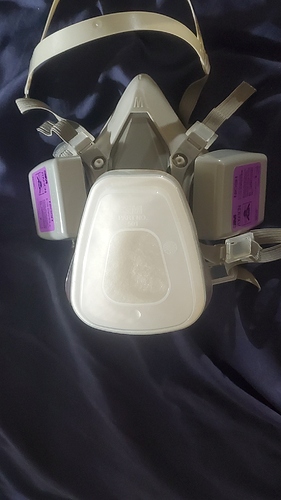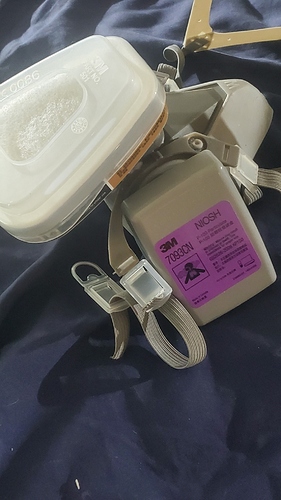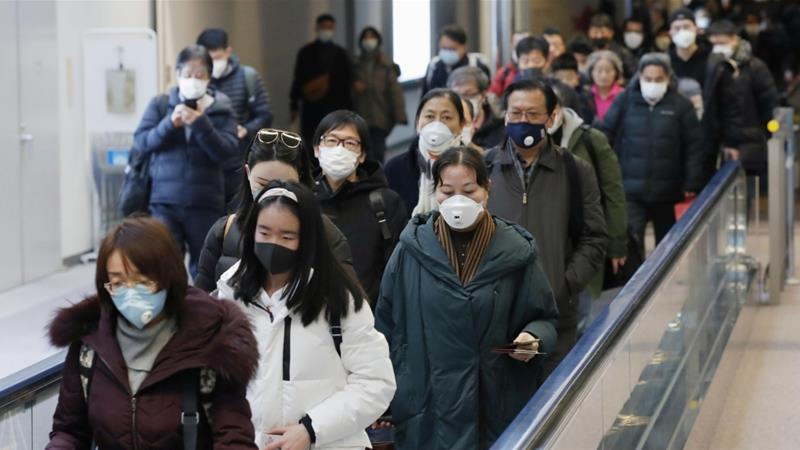He references a good article about NAC (direct link here). I’ve used it for several years a couple of times a week before going out walking. It is somewhat helpful (in doses of a few hundred milliGrams) in conjunction with other measures (particularly in cases of any Liver dysfunction, where the bulk of the endogenous Glutathione production takes place). Exactly how (in relation to various mechanisms) is not well defined or understood. At most, around 10% can be orally absorbed and available to the Liver (best on empty stomach). It is not very soluble in Water, and has a kind of nasty stinging taste (due to the Sulfur atoms present in the molecule). Egg whites (just a little) makes an excellent “carrier” that seems to “grab onto” NAC, making it soluble as well as eliminating the “stinging” taste. It is (somewhat) helpful for inflammation - but it is not some “miracle cure”. Beware of “fad supplement/medicine” speculation.
NAC is the rate-limiting precursor to (primarily hepatic, in Liver) endogenous synthesis of Glutathione, along with the amino acids L-Glutamate and Glycine (which are plentifully supplied from digested foods in diet) in the endogenous bio-synthesis of Glutathione. It’s utility (as an “anti-oxidant” agent) depends upon whether one’s hepatic (Liver) Glutathione stores may (due to systemic inflammation, as well as increasing age) become low. (IMO), NAC is unlikely to act as a viable “cure” for SARS-CoV-2 infection.
Note that Glutathione itself (although available), is essentially not (orally) absorbed much at all. Thus, administering NAC (by some route) is considered to be a more viable approach - and it is up to hepatic (Liver) chemistry to (hopefully) synthesize Glutathione. There appears to exist the ability in other organs and tissues than the Liver to synthesize Glutathione - but most reports seem to consider the Liver as the primary site of endogenous synthesis. (IMO), NAC seems to be a useful “adjunct” for inflammation.
Note that it is almost entirely eliminated via the Kidneys. One study (on people with Stage 5 CKD, or End Stage Renal Disease) showed a vastly slowed elimination half-life in plasma. A contraindication.
The whole business of associating “oxidative stress” and “inflammation” is a vague and “dicey” subject. There is some evidence that NAC interferes with “ROS-signaling” (itself thought to have a natural role in tissue-repair processes). The anti-oxidants studied that notably do not appear to have such (possibly undesirable) affects are the Anthocyanins (found in Elderberry, Bilberry, and Blueberries, as well as Red Cabbage and Red Bell Peppers). When leaves turn colors in the Fall, they are producing Anthocyanins.
Around (up to) 5% of Acetaminophen taken orally is transformed to a toxic molecule in Liver called N-acetylimidoquinone (NAPQI). NAC (either directly, and/or via hepatic Glutathione synthesis) can reduce the resultant (Liver) toxicity. When used for Acetaminophen poisoning, it is administered IV. It is also administered as a mist inhaled into lungs (for inflammatory conditions in lungs) in many countries (USA and Canada being the exceptions, where it is not deemed as being shown to be an effective therapy).
.
It seems like often some “fly in the ointment” presents (indicating that “too much” NAC may be harmful):
… eating too many foods high in sulphur amino acids can have many negative health effects. They are linked to a higher risk of heart disease, stroke, diabetes and non-alcohol fatty liver disease. And you’re at an even greater risk if you eat high levels of two particular types of sulphur amino acids, cysteine and methionine, both of which are found in high-protein foods. They are considered the most toxic amino acids, even though our body needs both of them.
![]()





